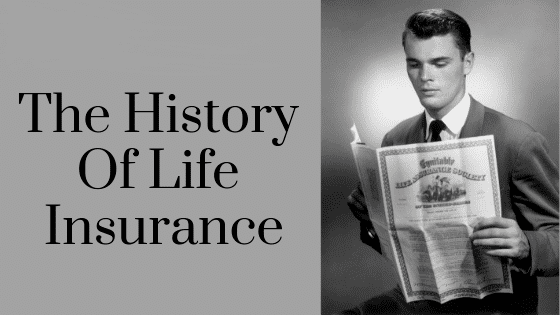What is Life Insurance
What is Life Insurance
An early form of life insurance dates to Ancient Rome; “burial clubs” covered the cost of members' funeral expenses and assisted survivors financially.
Life insurance is a contract between an insurer and a policyholder in which the insurer guarantees payment of a death benefit to named beneficiaries upon the death of the insured.
The purpose of life insurance is to provide financial protection to surviving dependents after the death of an insured. It is essential for applicants to analyze their financial situation and determine the standard of living needed for their surviving dependents before purchasing a life insurance policy.
History of Life Insurance
What is Life Insurance
- Term life insurance.
- Level Term Insurance
- Increasing Term Insurance
- Decreasing Term Insurance
- Annual Renewable Term Insurance
- Permanent Life insurance
- Whole life insurance
- Universal life insurance
- Indexed universal life insurance
- Variable life insurance
How Does Life Insurance Work



